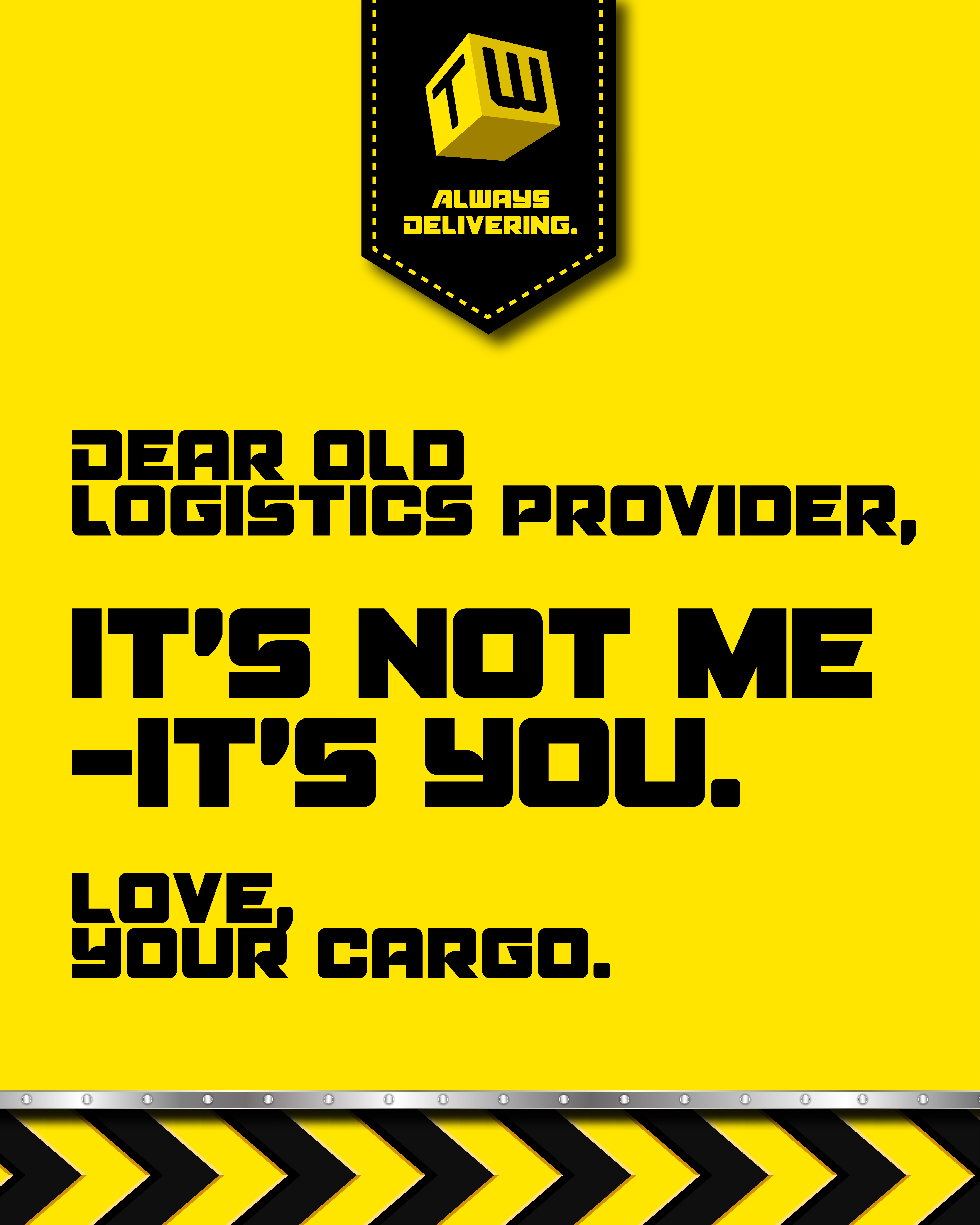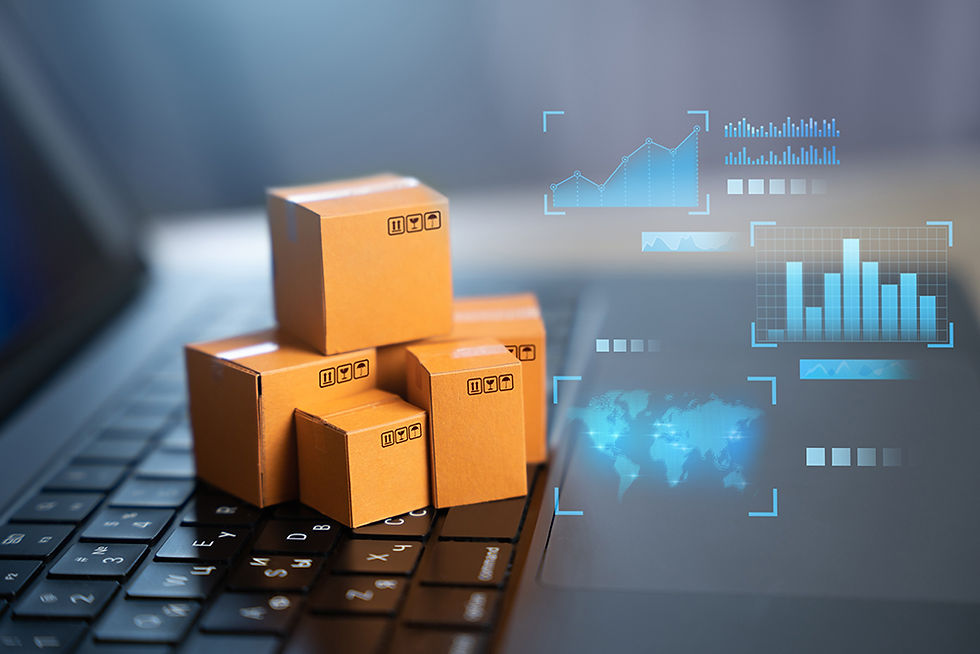In-House Logistics vs. Third-Party Logistics (3PL) for E-Commerce: Pros & Cons
- Danyul Gleeson

- Jul 9
- 3 min read
E-commerce businesses live and die by speed, efficiency, and cost control - and logistics is one of the biggest decision points that can make or break profitability. Should you manage fulfillment in-house or outsource to a 3PL provider?
The answer? It depends on your business size, order volume, and long-term goals.
Let’s break down the pros and cons of in-house logistics vs. third-party logistics (3PL) to help you decide which model works best for your business.

What is In-House Logistics?
In-house logistics means you handle all warehousing, order fulfillment, shipping, and returns yourself. You own or lease the warehouse space, hire employees, manage inventory, and coordinate shipping.
It gives you full control but also requires significant investment in infrastructure, technology, and labor.
✅ Pros of In-House Logistics
✔ Full Control Over Operations
– You decide everything: inventory management, packing standards, delivery methods, and customer service.
✔ Branding & Customization
– You control packaging, presentation, and personalized unboxing experiences that 3PLs may not offer.
✔ More Visibility Over Stock & Orders
– No relying on third parties—real-time inventory and quality control are in your hands.
✔ Better Margins (at Scale)
– Once established, large businesses may save on logistics costs compared to outsourcing.
❌ Cons of In-House Logistics
✖ High Upfront Costs
– Warehousing, equipment, staff, and technology require significant investment.
✖ Scalability Challenges
– Expanding to new markets means opening new warehouses, hiring more staff, and increasing overhead.
✖ Time-Consuming
– Managing storage, fulfillment, and shipping distracts from growing your core business.
✖ Limited Shipping Discounts
– Unlike 3PLs, you may not get bulk shipping rates from carriers like FedEx, UPS, and DHL.
💡 Best For:
✔ Small businesses shipping under 500 orders per month (startup phase).
✔ Premium brands that want to control packaging & customer experience.
✔ Larger companies with strong logistics expertise & resources to invest in fulfillment.
What is Third-Party Logistics (3PL)?
Third-Party Logistics (3PL) means outsourcing logistics to a company that specializes in storage, order fulfillment, and shipping.
A 3PL provider manages everything from warehousing and inventory tracking to picking, packing, shipping, and returns.
✅ Pros of 3PL Logistics
✔ Lower Costs & No Upfront Investment
– Pay-as-you-go model means you avoid expensive warehouse leases, labor costs, and inventory management headaches.
✔ Faster Shipping with Multiple Fulfillment Centers
– 3PLs have strategic warehouse locations, reducing delivery times for eCommerce customers.
✔ Scalability Without Hassles
– Expanding to new markets? A 3PL lets you scale instantly without needing new infrastructure.
✔ Better Carrier Rates & Bulk Discounts
– 3PLs negotiate cheaper shipping rates with carriers, saving you money.
✔ Tech-Driven Optimization
– AI, automation, and real-time inventory tracking improve efficiency.\
❌ Cons of 3PL Logistics
✖ Less Direct Control
– You rely on a third party for inventory handling, order accuracy, and fulfillment speed.
✖ Limited Branding & Customization
– Some 3PLs offer generic packaging rather than custom branding.
✖ Additional Fees & Hidden Costs
– Storage, handling, and peak-season surcharges can add up quickly if not monitored.
✖ Integration & Communication Challenges
– Some 3PLs may lack seamless API integrations with eCommerce platforms.
💡 Best For:
✔ E-commerce brands processing over 500+ orders per month.
✔ Businesses wanting to scale quickly without heavy investment.
✔ Companies looking for 2-day, next-day, or international shipping.
Side-by-Side Comparison: In-House Logistics vs. Third-Party Logistics
Feature | In-House Logistics | Third-Party Logistics (3PL) |
Control Over Fulfillment | ✅ Full control | ❌ Limited control |
Initial Investment | ❌ High (warehousing, staff, tech) | ✅ Low (pay-as-you-go) |
Scalability | ❌ Slower, requires expansion | ✅ Rapid, scales instantly |
Shipping Speeds | ❌ Limited by single location | ✅ Faster with multiple warehouses |
Costs at Scale | ✅ Can be lower for large brands | ❌ Higher if volume is low |
Tech & Automation | ❌ Requires internal setup | ✅ AI-driven logistics optimization |
Customization & Branding | ✅ Full control over packaging | ❌ Limited in most 3PLs |
Flexibility | ❌ Expansion requires investment | ✅ Expand instantly into new markets |
Return Management | ❌ Manual handling required | ✅ Automated reverse logistics |
Final Verdict: Which Model is Best for Your Business?
Choosing In-House Logistics vs. Third-Party Logistics depends on your business goals, order volume, and scalability needs.
Use In-House Logistics If:
✔ You’re a small eCommerce business shipping under 500 orders/month.
✔ You want full control over inventory, branding, and fulfillment.
✔ You’re willing to invest in warehousing, labor, and logistics tech.
Use a 3PL If:
✔ You’re an eCommerce brand processing 500+ orders per month and want scalability without high overhead.
✔ You need faster shipping, multiple fulfillment centers, and bulk carrier discounts.
✔ You want to focus on business growth, not warehouse management.





Comments